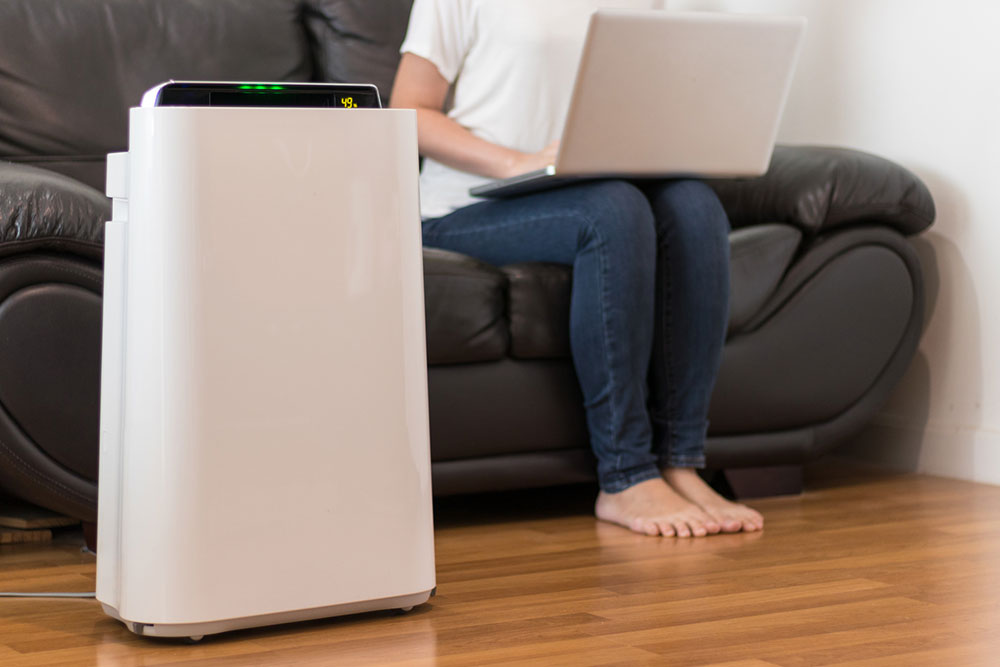3 things to avoid when buying an air purifier

With an increase in the number of allergens, pollutants, and germs in the environment, there has been a higher demand for air purifiers. These appliances help filter out airborne pollutants, like pollen, dust, and smoke from indoor air. However, with different types of air purifiers available on the market, it can be difficult to choose the right one. To help one make the right choice, here are 3 things to avoid when buying an air purifier.
Not considering the size of the room
Before buying an air purifier, it is important to ensure proper measurements of the room are taken. This is because if the purifier is too small or too large for the room, it will not be able to work efficiently. Air purifiers are available in different capacities, with higher capacity purifiers being suitable for larger rooms, while those with lower capacities are ideal for smaller rooms. Additionally, there are portable air purifiers that filter only a small volume of air surrounding the appliance. Therefore, always make sure to learn how much air volume needs to be filtered based on the area of the room.
Overlooking the purpose of the room
When selecting an air purifier, it’s crucial to factor in the purpose of the room where it will be placed. This is because each space harbors a unique set of pollutants. By understanding this, one can purchase a purifier with the necessary features to handle the specific type and level of contaminants. For example, a room filled with plants will require a purifier capable of handling a high level of pollen and plant matter.
Not checking for HEPA filters
HEPA filters are a key component of air purifiers. They are designed to trap and remove a minimum of 99.97% of airborne particles, germs, and other particulate matter from indoor air. To ensure the air purifier has a HEPA filter, check its MERV ratings. Purifiers with a MERV rating of 17 or higher are guaranteed to have a HEPA filter.



